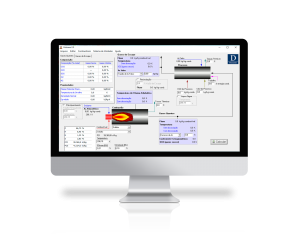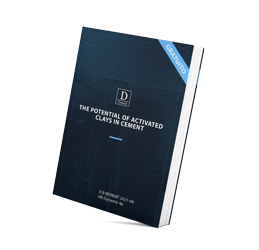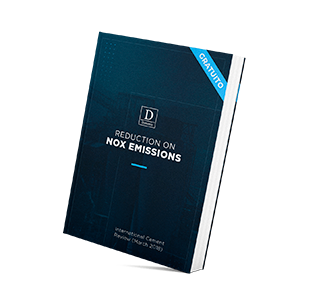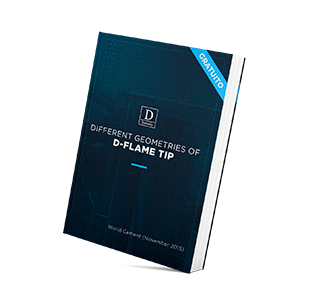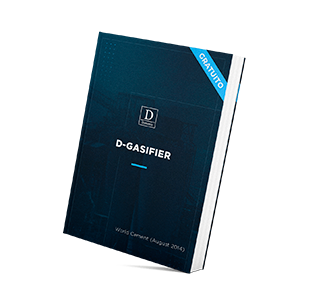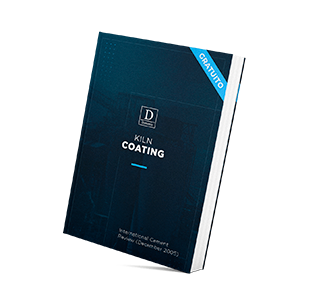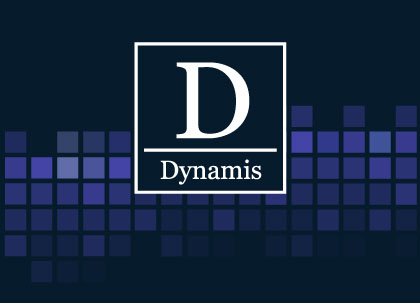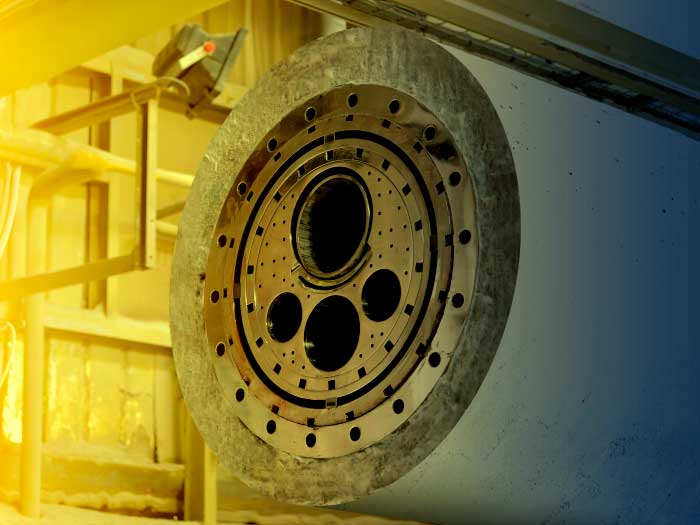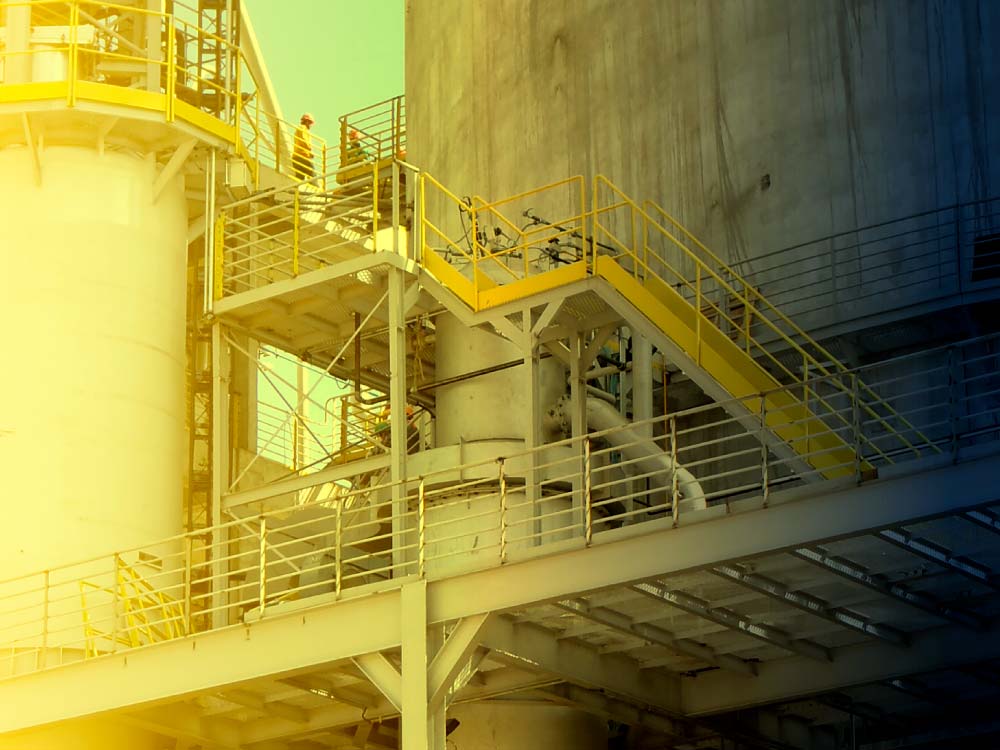ARTICLES
Read our published articles presenting successful cases:
Calcined clays: new products and applications
International Cement Review (August 2021)
This article presents a part of the results obtained when developing and manufacturing Green Cement da Cementos Argos, a low-carbon product based on innovative production technology da Dynamis D-Pozzolan®, in calcined clay. Furthermore, the environmental declaration of this product confirms the product’s important benefits in terms of CO2 emissions reduction.
The potential of activated clays in cement
International Cement Review (August 2021)
This article shows that one of the pathways to a more sustainable cement industry is the reduction of the clinker factor in cement. The use of thermally-activated clays not only reduces the clinker content but also lowers CO2 emissions as a result of dihydroxilation instead of icarbonation and other energy savings.
Reduction on NOx emissions
International Cement Review (March 2018)
In this article, Dynamis investigates, in close cooperation with cement plants, process optimization and low-NOx combustion systems to help reduce NOx emissions. Commercial computational fluid dynamics (CFD) codes as well as in-house developed models and software are used to better understand the process.
Burner Tip Geometry
World Cement (July 2017)
Dynamis evaluates in this article the impact of different burner tip geometries on the mixture of secondary air and fuel through CFD. As a result, significantly different air entrainment efficiencies were attained, for the same burner, with the same primary and secondary air flow rates and the same power.
Different Geometries of D-Flame tip
World Cement (November 2015)
In this article, Dynamis presents a more complete methodology to evaluate and compare burner tip geometries in order to develop a new generation of burners: the D-Flame. This is the result of many years of experience in the field, a specialized technical team and feedbacks from costumers. D-Flame is the product of a thorough analysis of crucial factors, as the one discussed in this article: secondary air entrainment in the fuel injection region.
D-Flame
World Cement (February 2013)
In the first published article about the D-Flame, Dynamis discuss the equipment’s geometry and the parameters involved in its operation (such as primary air index, turbulence index, tangential air index). Furthermore, one of the D-Flame’s many success cases is presented, which is a burner installed in one of Intercement plants in Brazil.
Pozzolan
World Cement (September 2010)
In the cement industry, artificial pozzolan has been used as an additive in cement production as a substitute for clinker. In this study, Dynamis developed a pozzolan calcination line by burning solid fuel with a higher efficiency than those presented by typical satellite kilns.
Kiln Coating
International Cement Review (December 2005)
After studying the kiln preheating and feeding procedures of hundreds of kilns around the world, Dynamis experts show two opposite tendencies and examine the characteristics of each one. This article discusses how the proper formation of kiln internal coating can dramatically improve the durability of refractory bricks.
PRESENTATIONS
Download our presentations:
CATALOGUES
Download our catalogues to learn more about our equipment:

